
Ostro and Havas earned a Guinness World Records title, gaining lessons in branding, collaboration, education, verification, and teamwork.

This year’s collection of 12 honorees separated themselves by dedicating resources to employee well-being and developing even stronger work environments to sustain culture.
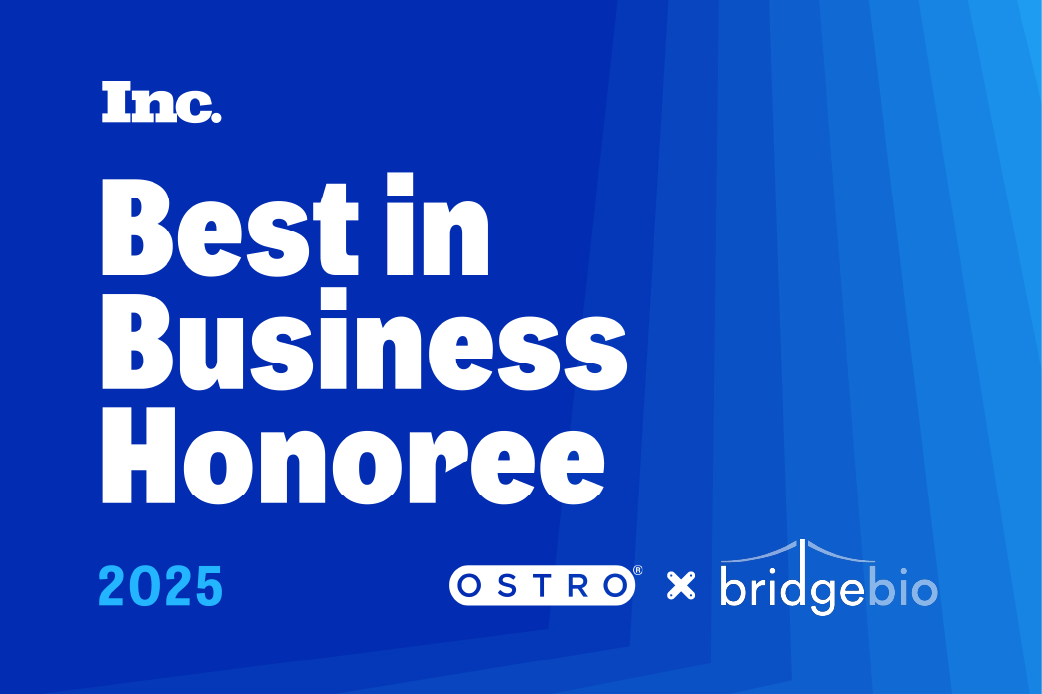
This annual award celebrates the exceptional achievements and contributions of companies that have made a profound impact on their industries.

Ostro’s health AI literacy course set a Guinness World Record this week, with 698 participants completing the 30-minute online lesson in 24 hours.
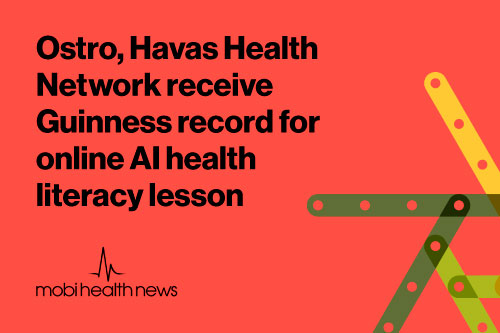
Ostro and Havas earned a Guinness World Records certificate for the most users to take an online AI health literacy lesson in 24 hours.
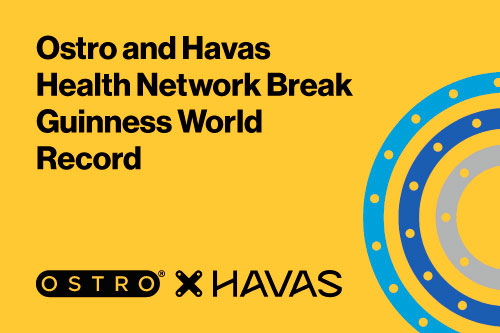
Ostro and Havas Health Network have been granted a Guinness World Record for the most users to take an online artificial intelligence in health literacy lesson in 24 hours.
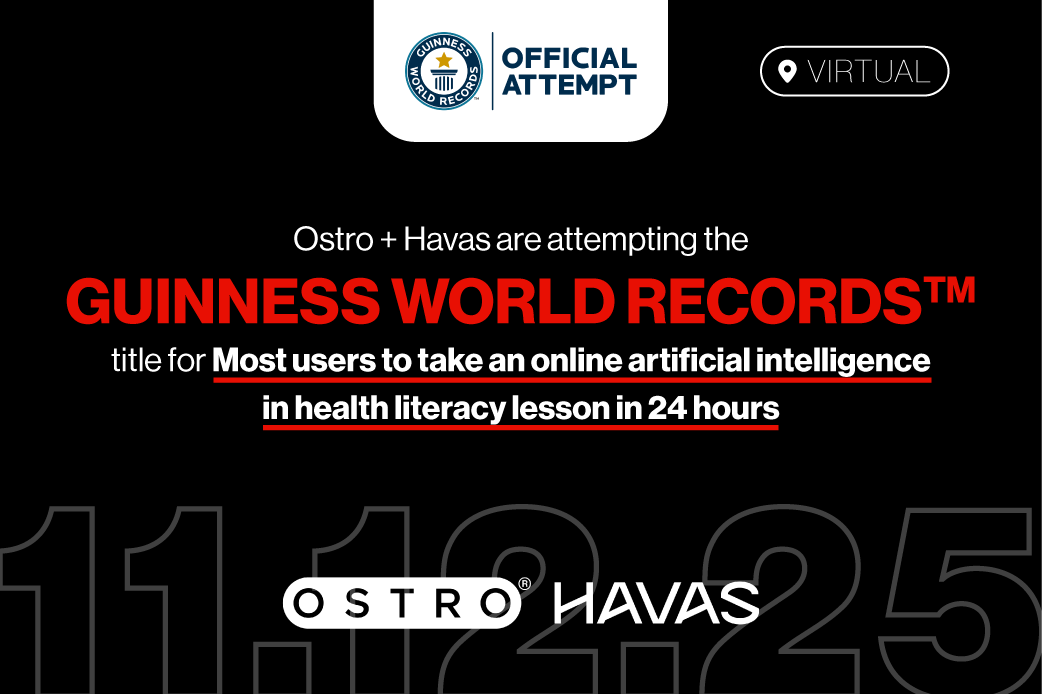
On November 12, 2025, Ostro and Havas Health Network are attempting to set an official Guinness World Records for staging the most users to take an online artificial intelligence in health literacy lesson in 24 hours.
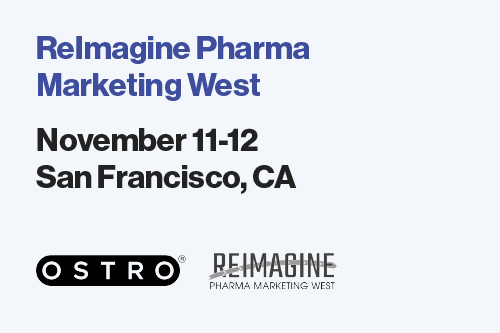
Leverage intimate and high-value interactions with influential leaders while discussing and engaging in the most pressing topics to leave with actionable strategies that innovate and increase overall marketing effectiveness.